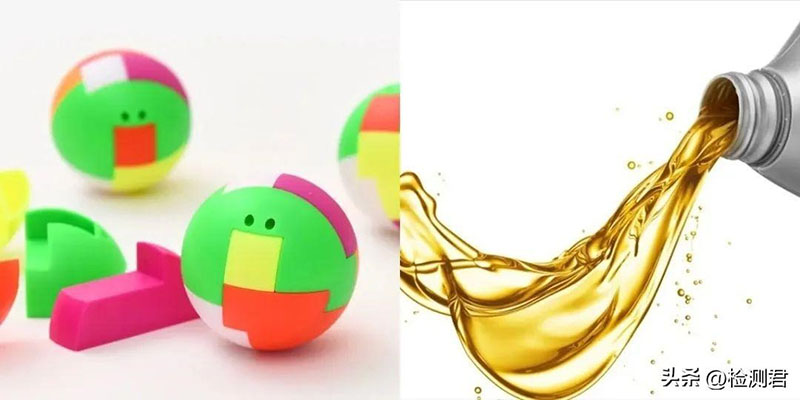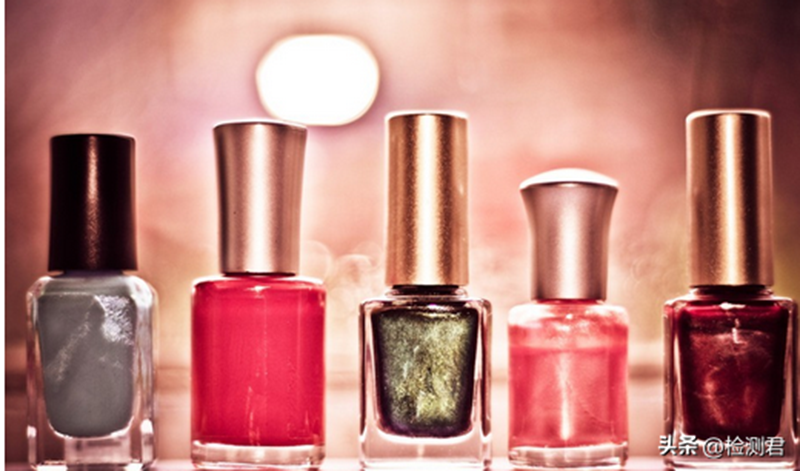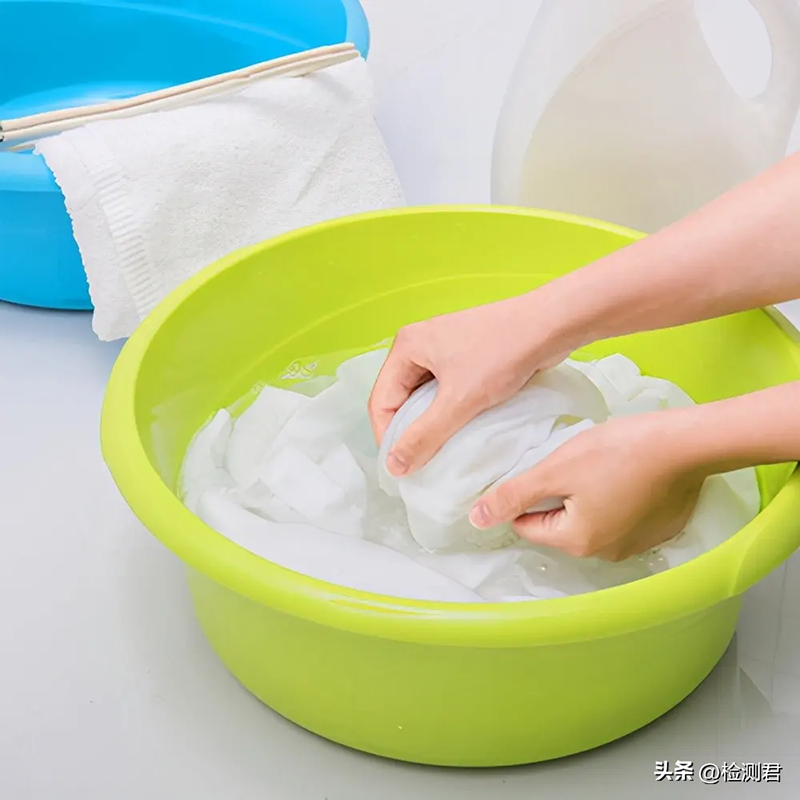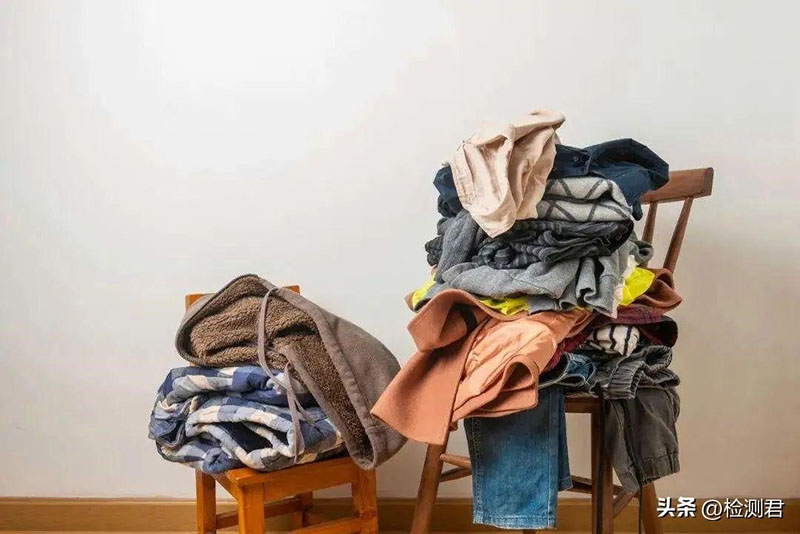Not long ago, a manufacturer we served arranged for their materials to undergo harmful substance testing. However, it was found that APEO was detected in the materials. At the request of the merchant, we assisted them in identifying the cause of excessive APEO in the materials and made improvements. Finally, their products passed the harmful substance testing.
Today we will introduce some countermeasures when harmful substances in shoe product materials exceed the standard.
Phthalates
Phthalate esters are the general term for the products obtained by the reaction of phthalic anhydride with alcohols. It can soften plastic, reduce the melting humidity of plastic, and make it easier to process and shape. Usually, phthalates are widely used in children’s toys, polyvinyl chloride plastics (PVC), as well as adhesives, adhesives, detergents, lubricants, screen printing, heat transfer printing inks, plastic inks, and PU coatings.
Phthalates are classified as reproductive toxicity substances by the European Union, and have environmental hormone properties, similar to estrogen, which can interfere with human endocrine, reduce the amount of semen and sperm, sperm motility is low, sperm morphology is abnormal, and in serious cases will lead to testicular cancer, which is the “culprit” of male reproductive problems.
Among cosmetics, nail polish has the highest content of phthalates, which is also contained in many aromatic ingredients of cosmetics. This substance in cosmetics will enter the body through women’s respiratory system and skin. If used too much, it will increase women’s risk of breast cancer and harm the reproductive system of their future baby boys.
Soft plastic toys and children’s products containing phthalates may be imported by children. If left for a sufficient period of time, it can cause the dissolution of phthalates to exceed safe levels, endanger children’s liver and kidneys, cause precocious puberty, and affect the development of children’s reproductive system.
Countermeasures for exceeding the standard of ortho benzene
Due to the insolubility of phthalates/esters in water, excessive levels of phthalates on plastics or textiles cannot be improved through post-treatment methods such as water washing. Instead, the manufacturer can only use raw materials that do not contain phthalates for re production and processing.
Alkylphenol/Alkylphenol polyoxyethylene ether (AP/APEO)
Alkylphenol polyoxyethylene ether (APEO) is still a common component in many chemical preparations in every link of the production of clothing and footwear materials. APEO has long been widely used as a surfactant or emulsifier in detergents, scouring agents, dye dispersants, printing pastes, spinning oils, and wetting agents. It can also be used as a leather degreasing product in the leather production industry.
APEO can be slowly degraded in the environment and finally decomposed into Alkylphenol (AP). These degradation products have strong toxicity to aquatic organisms and have long-lasting effects on the environment. The partially decomposed products of APEO have environmental hormone like properties, which may disrupt the endocrine functions of wild animals and humans.
Response measures for exceeding APEO standards
APEO is easily soluble in water and can be removed from textiles by high-temperature water washing. Moreover, adding an appropriate amount of penetrant and soaping agent during the washing process can more effectively remove residual APEO in textiles, but it should be noted that the additives used should not contain APEO themselves.
In addition, the softener used in the softening process after washing should not contain APEO, otherwise APEO may be reintroduced into the material. Once APEO exceeds the standard in plastic, it cannot be removed. Only additives or raw materials without APEO can be used during the production process to avoid APEO exceeding the standard in plastic materials.
If APEO exceeds the standard in the product, it is recommended that the manufacturer first investigate whether the printing and dyeing process or the additives used by the printing and dyeing enterprise contain APEO. If so, replace them with additives that do not contain APEO.
Response measures for exceeding AP standards
If the AP in textiles exceeds the standard, it may be due to the high content of APEO in the additives used in their production and processing, and the decomposition has already occurred. And because AP itself is not easily soluble in water, if AP exceeds the standard in textiles, it cannot be removed through water washing. The printing and dyeing process or enterprises can only use additives without AP and APEO for control. Once the AP in plastic exceeds the standard, it cannot be removed. It can only be avoided by using additives or raw materials that do not contain AP and APEO during the production process.
Chlorophenol (PCP) or organic chlorine carrier (COC)
Chlorophenol (PCP) generally refers to a series of substances such as pentachlorophenol, tetrachlorophenol, trichlorophenol, dichlorophenol, and monochlorophenol, while organic chlorine carriers (COCs) mainly consist of chlorobenzene and chlorotoluene.
Organic chlorine carriers have been widely used as an efficient organic solvent in polyester dyeing, but with the development and updating of printing and dyeing equipment and processes, the use of organic chlorine carriers has become rare. Chlorophenol is usually used as a preservative for textiles or dyes, but due to its strong toxicity, it is rarely used as a preservative.
However, chlorobenzene, chlorinated toluene, and chlorophenol may also be used as intermediates in the dye synthesis process. Dyes produced through this process usually contain residues of these substances, and even if other residues are not significant, due to relatively low control requirements, the detection of this item in textiles or dyes may still exceed standards. It is reported that in the dye production process, special processes can be used to completely remove these three types of substances, but it will correspondingly increase costs.
Countermeasures for COC and PCP exceeding standards
When substances such as chlorobenzene, chlorotoluene, and chlorophenol in product materials exceed the standard, the manufacturer can first investigate whether such substances are present in the printing and dyeing process or in the dyes or additives used by the printing and dyeing manufacturer. If found, dyes or additives that do not contain certain substances should be used instead for subsequent production.
Due to the fact that such substances cannot be directly removed by washing with water. If it is necessary to handle it, it can only be done by removing all the dyes from the fabric and then dyeing the material again with dyes and additives that do not contain these three types of substances.
Post time: Apr-14-2023









